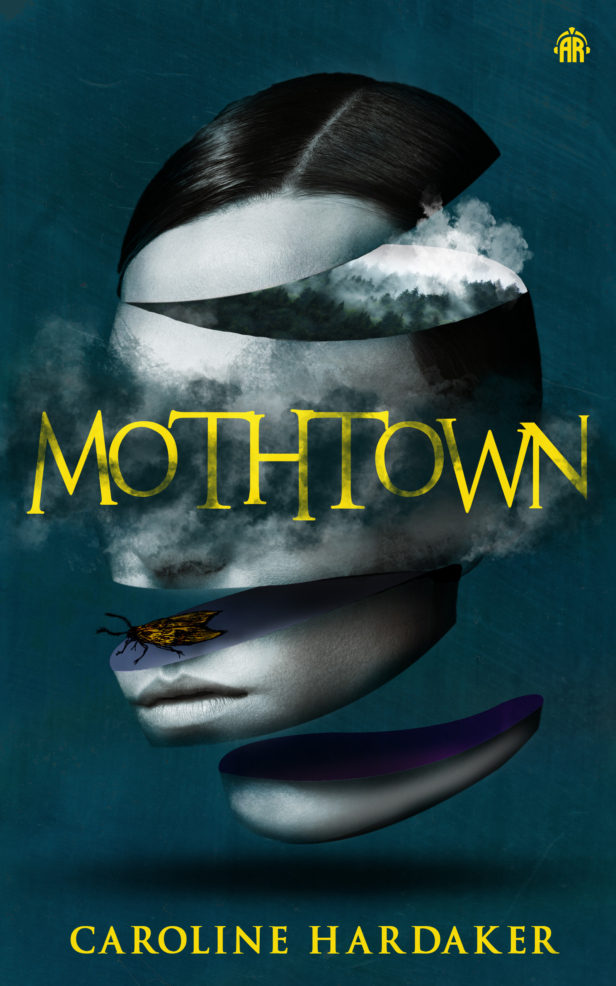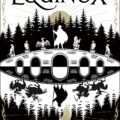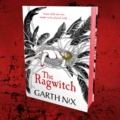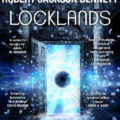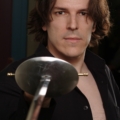Traditionally, a firm line has been drawn between fantasy and science fiction. Writers stayed true to their structures and readers inherently knew what to expect when they dived into a new literary world. No shocks. Few surprises.
But in recent years, things have changed.
Fantasy and science fiction landscapes are beginning to blend. No longer does each genre remain locked in its own white tower. Seas are shifting. Automatons can exist alongside elves. Ghosts haunt laboratories. And magic can be found in space.
But why now?
Science fiction vs fantasy
Conventionally, each genre stood for its own pace, style, and narrative landscape.
Science fiction stood for a rule-driven world, dictated by the laws of nature and science as we experience them today. There might be some experimental stretches thrown in there, but generally whatever the outcome it was credible, realistic, and explainable. Most often set in the future, these stories depict people and communities changed by technology.
And whereas science fiction shows us a world of probability, fantasy paints a world of possibility. A world of magic, fantastical creatures, powerful totems, and haunted relics. While solid fantasy world-building requires some coherent magical laws to make the landscape make sense, the characters very rarely question them, and neither do readers. It’s an invitation to believe, and become lost in a sense of awe and wonder.
But science fiction and fantasy aren’t all different. Often, they both address good and evil. Tell stories with high stakes that could mean the end of a community, universe, or way of life. And the main protagonist is often an everyman, who a reader joins on his journey as he discovers a new world. Think Frodo Baggins as he treks the mountains and valleys in Middle Earth, or Luke Skywalker coming to terms with his role in a fight far greater than his life on the farm.
The rise of genre-blending…
And while readers have always consumed these genres with gusto, there’s now more opportunity than ever to pick up a book that blends both in exciting and revolutionary new ways.
Only a few decades ago, it’d be far more difficult to find examples of genre-blending, simply because not nearly as many were being published. Publishers held sway over what the literary landscape looked like, pruning away any odd and unusual weeds before they ever became flowers. Decisions by publishers and agents alike were dictated by the answer to the question – “Where would this sit on a bookshop shelf?” If it didn’t fit into an obvious category, then it didn’t have an obvious audience.
But now, things have changed.
Why are writers doing it?
The truth is, genre-blending is truly a sign of modern times. For writers, it’s a rebellion against convention and a desperate need to explore old problems in new ways. It’s about breaking boundaries, freedom of expression, and bulldozing through the limitations set by publishing houses.
It’s about experimental storytelling. Being free of predictable formats and prescribed structures. It’s about bringing back the element of surprise, shock, and awe for an audience used to having their expectations managed. After all, if an author isn’t bound to the rules of a genre, who’s to say what can happen in that story? With blending, there are no rules. A story can take whatever shape suits it best and – as a result – truly mean something.
And readers want exactly the same.
A new world of sub-genres
Blending science fiction and fantasy has created a whole range of sub-genres, each becoming a cultural trope in their own right, from space fantasy to the mysteriously named weird fiction.
In particular, science fantasy has expanded across the literary scene seamlessly. Star Wars is the greatest example of this, depicting a universe of space travel and political upheaval beside a faction of wizard-like Jedis who are gifted with unexplainable ‘magical’ abilities. Expertly crafted science fantasy at work can also be seen in Madeleine L’Engle’s A Wrinkle in Time, and explored at length in the Marvel cosmos – where witches of seemingly unlimited power fight alongside rich businessmen in their very much manmade iron suits.
Without breaking down these blended-genre stories too much, most stories are bandied together under the label of ‘speculative’, a world designed to follow the question; ‘what if…?’
But why is this happening now?
Living in a dystopian world
Current readers live in a confusing world. Many things happening – especially in recent years – don’t make logical sense. Pandemics. War. A climate crisis. Food poverty. They’re facing dystopian stereotypes on every news bulletin.
So, while politicians make incomprehensible decisions and leave millions feeling powerless, is it any wonder that readers seek to find magical solutions to these insurmountable global problems?
People seek the structure and reassurance of laws we can understand (science), and yet long for the power to fix things with a wave of a wand or the raising of a staff. It’s human nature to want ‘everything to be okay’, and in the twenty-first century, it’s often difficult to imagine a way out of the mess without a fairy Godmother or Genie to grant our three wishes.
A sense of wonder in a logical land
Ultimately, science fiction creates a relatable, trustworthy backdrop upon which wonderous things can happen. Readers can experience awe and wonder while believing a story could be credible.
In generations past, faith and spirituality might have filled that space. But as atheism, agnosticism, and blended faiths are on the rise, perhaps many readers need to feel that a sense of wonder can be found closer to home, existing alongside science and real-world physicalities that they can see and touch.
An antidote to adulting
In a sense, infusing fantastical elements in a science-focussed narrative reflects the longing many adult readers have for an escape from increasingly stressful lives.
Art and stories are there to offer an oasis in the sea of eat-work-sleep. Stitching fantastical elements in stories governed by the same rules our world is built upon offers an escapist glimmer of hope that readers too could be offered a helping hand to escape. They too could be the chosen one. That they could harbour some secret power or innate magical ability to help them rise above the predictability of their everyday lives.
A way to escape
Blended genres offer escapism. Just as they break down storytelling conventions, they invoke a world where a reader can feel powerful. Think back to childhood games, where one character could be an astronaut and a wizard. Or a shapeshifter and a veterinarian. And children embody these characters, heart and soul. They believe it, all of it.
Nostalgia has the ability to make readers feel warm, comforted, and safe, while also taking readers back to a time when burdens and life didn’t weigh as heavily as they do in adulthood.
But what next?
Taking into account the way that genres have been bending and fusing together, who can truly say what the future of storytelling will be? It’s not just science fiction and fantasy that are fusing together. Consider the success of the Outlander series, bringing together not one genre but three; historical fiction, science fiction, and romance.
Writers and Readers are hungry for change, in the world and on the page. It’s a time for looking at old situations with new eyes.
Bring it on.
Caroline Hardaker’s Mothtown is out now.
